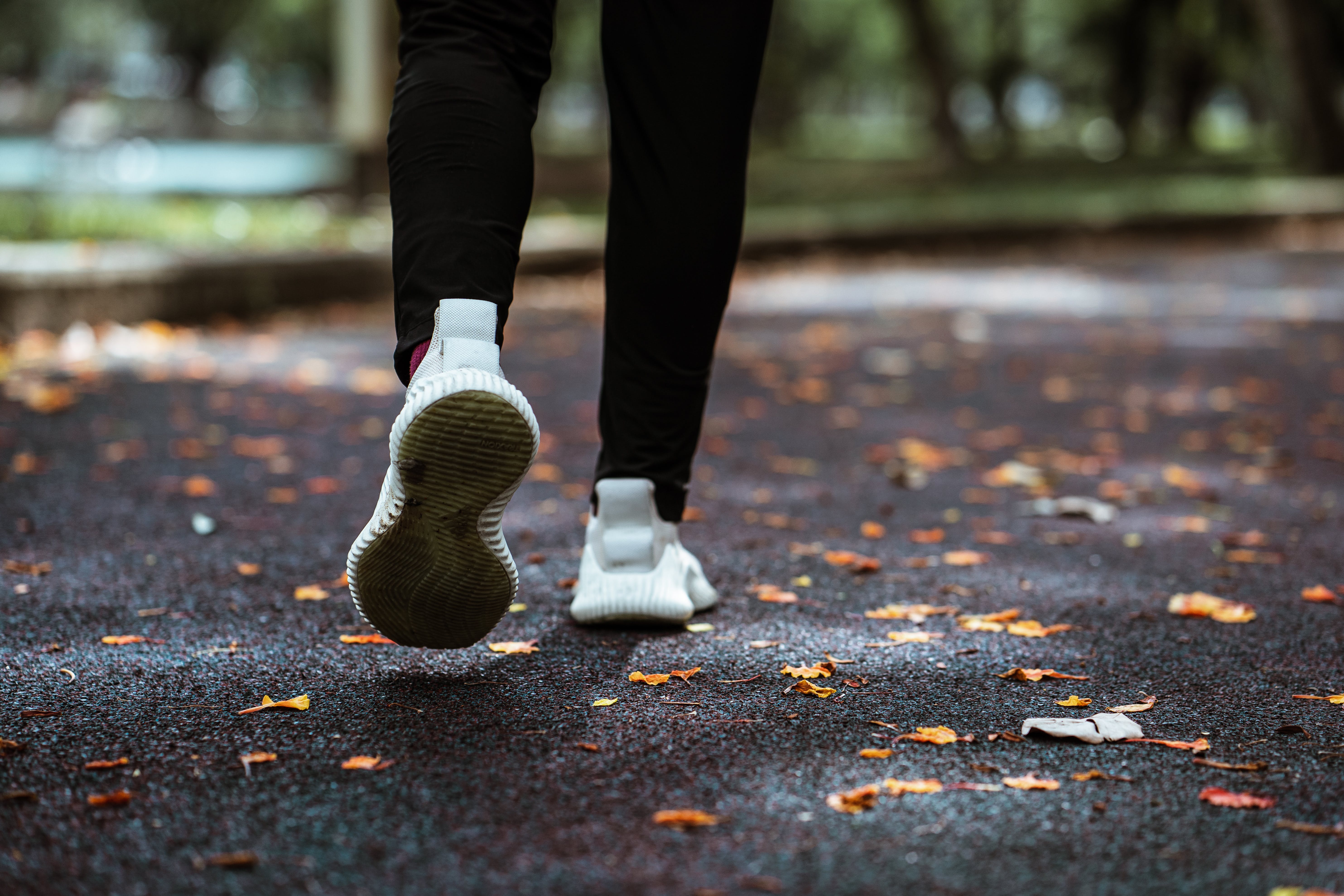Running fitness is not just about how fast you can run or how far you can go; it encompasses a range of factors that contribute to your overall physical health and well-being. Understanding these elements is crucial for anyone looking to not only enhance their running performance but also to maintain a healthy lifestyle.
Why is Running Fitness Important? Running fitness plays a vital role in improving cardiovascular health, building muscle strength, and enhancing mental clarity. Regular running can help:
- Boost Endurance: As you run consistently, your body adapts to the stress, allowing you to run longer distances with greater ease.
- Improve Heart Health: Running is an excellent way to strengthen your heart, reduce blood pressure, and lower cholesterol levels.
- Enhance Mental Well-being: The release of endorphins during running can significantly improve your mood and reduce feelings of anxiety and depression.
Moreover, understanding your running fitness can help you set realistic goals and create effective training plans tailored to your needs. This knowledge will empower you to track your progress, enabling you to see just how quickly you can regain running fitness after a break.
Ready to take your running fitness to the next level? Visit our website to learn more and get started today! Click here.
Factors Affecting Your Running Fitness Recovery

Recovering your running fitness is a multifaceted process influenced by a variety of factors. Understanding these elements can help you tailor your recovery plan to be more effective and efficient. Here are some of the key factors that play a role in your running fitness recovery:
- Duration of Break: The length of time you’ve been away from running significantly impacts how quickly you can regain your fitness. A short break may require less time to bounce back, while a longer hiatus can lead to more significant declines in your endurance and strength.
- Age: As we age, our bodies may take longer to recover from physical exertion. Older runners might need to adjust their training and recovery strategies compared to younger runners.
- Previous Fitness Level: Your baseline fitness level before the break will influence your recovery. Those who were highly conditioned prior to taking a break may find it easier to return to their previous performance levels.
- Injury History: If you’re recovering from an injury, this may slow down your return to running fitness. It’s crucial to approach your recovery cautiously and listen to your body.
- Nutritional Habits: A balanced diet rich in essential nutrients can aid in recovery. Proper hydration and nutrition support muscle repair and energy replenishment, which are vital during the recovery phase.
By assessing these factors, you can create a more personalized and effective recovery plan that aligns with your unique circumstances and fitness goals.
Effective Strategies to Regain Running Fitness

To regain your running fitness effectively, it’s essential to implement a structured approach that accommodates your current condition and goals. Here are several strategies that can accelerate your recovery:
- Start Slow: Begin with low-intensity workouts such as walking or light jogging. Gradually increase your pace and distance as your body adapts. This will help prevent injuries and ensure a sustainable return to running.
- Incorporate Cross-Training: Engage in cross-training activities like cycling, swimming, or strength training. These exercises can enhance your overall fitness without putting excessive strain on your running muscles, facilitating a well-rounded recovery.
- Set Realistic Goals: Establish achievable short-term and long-term goals to maintain motivation. Whether it’s running a certain distance or improving your pace, having clear objectives can guide your training and keep you focused.
- Implement Recovery Days: Allow adequate recovery time between runs. Incorporating rest days or lighter workout days is crucial for muscle repair and to prevent burnout.
- Listen to Your Body: Pay attention to how your body responds to workouts. If you experience pain or fatigue, it’s essential to adjust your training accordingly. Ignoring these signals may lead to setbacks.
By applying these strategies, you can create a robust framework for regaining your running fitness while minimizing the risk of injury and maximizing your enjoyment of the process.
How Long Does It Take to Regain Fitness?

The timeline for regaining running fitness varies significantly based on several factors, including your previous fitness level, the duration of your break, and your training plan. Understanding these variables can help you set realistic expectations as you embark on your recovery journey.
On average, if you have taken a break of two weeks or less, you may find that your body retains much of its fitness. In this case, you could regain your previous performance levels within just a few weeks of consistent training. However, for breaks longer than a month, the process can take a bit more time:
- 1-2 weeks: Minimal loss of fitness, likely to bounce back quickly.
- 3-4 weeks: Moderate loss; you may experience some decrease in endurance and speed but can regain it within a month of consistent training.
- 1-3 months: Significant fitness loss; it may take several weeks to months of dedicated effort to return to your former fitness levels.
Additionally, factors like age, nutrition, and overall health play a crucial role in your recovery timeline. Young athletes or those with a solid training background may find they regain their fitness faster than those who are older or less experienced. Remember, patience and consistency are key. Focus on gradual improvement rather than rushing to achieve your previous fitness levels.
The Role of Nutrition in Recovery and Fitness

Nutrition plays a critical role in recovery and overall fitness, especially when you’re working to regain your running capabilities. The right diet not only fuels your workouts but also aids in muscle repair and replenishes your energy reserves, which are essential after a break from running.
Key components of nutrition that support recovery include:
- Carbohydrates: Essential for replenishing glycogen stores in muscles, carbohydrates are your body’s primary energy source during runs. Consuming complex carbohydrates like whole grains, fruits, and vegetables will provide sustained energy.
- Proteins: Vital for muscle repair and recovery, proteins should be incorporated into every meal. Opt for lean sources such as chicken, fish, legumes, and dairy to help rebuild muscle tissue after workouts.
- Fats: Healthy fats from sources like avocados, nuts, and olive oil are important for overall health and can help reduce inflammation, aiding recovery.
- Hydration: Staying well-hydrated is crucial for optimal performance and recovery. Water helps transport nutrients and plays a role in muscle function. Consider electrolyte drinks during intense workouts or longer runs.
In addition to macronutrients, micronutrients should not be overlooked. Vitamins and minerals such as Vitamin C, Vitamin D, calcium, and magnesium are essential for bone health and immune function, which can be particularly important during the recovery phase.
Overall, a well-balanced diet that focuses on whole, nutrient-dense foods will not only enhance your recovery but also support your overall fitness goals as you work to regain your running prowess.
Joining a Community to Boost Your Running Journey
Embarking on a running journey can sometimes feel solitary, but it doesn’t have to be. Joining a running community can significantly boost your motivation, accountability, and enjoyment of the sport. Communities offer a space where runners of all levels can come together to share experiences, tips, and encouragement.
Here are some compelling reasons to consider becoming part of a running community:
- Support and Motivation: Surrounding yourself with fellow runners can provide the support you need during tough training sessions. Being part of a community means having a built-in support system that can motivate you to push through challenges.
- Shared Knowledge: Communities often have members with varying levels of experience and expertise. You can learn from their successes and mistakes, gaining valuable insights into training techniques, injury prevention, and nutrition.
- Structured Workouts: Many communities organize group runs, training sessions, and races. Participating in these events can add structure to your training and provide a fun way to socialize while staying active.
- Accountability: When you commit to a group, you’re more likely to stick to your running schedule. Knowing that others are counting on you can provide the extra push needed to lace up your shoes and hit the pavement.
Moreover, joining a community can expose you to various running events, from local races to charity runs, encouraging you to challenge yourself and reach new milestones.
Ready to take your running journey to the next level? Visit our website to learn more and get started today! Click here.


